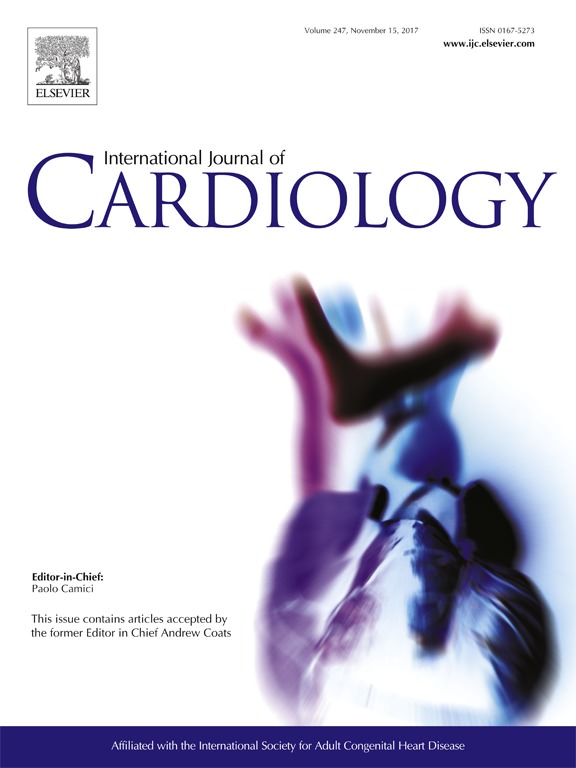A novel method for evaluating regional RV function in the adult congenital heart with low-dose CT and SQUEEZ processing
Contijoch F, Groves D, Chen Z, Chen MY, McVeigh ER

Background: Measuring local RV function in adult congenital heart disease (ACHD) with echocardiography or MRI is challenging because of the complex geometry and existing pacing devices. Visual assessment of ventricular function via low-dose cardiac CT has been recently performed. This pilot study assessed whether low-dose 4D cine CT combined with automatic measurement of regional shortening could quantify right-ventricular function in ACHD patients.
Methods: : Seven patients with Tetralogy of Fallot either contraindicated for MRI or assessed for coronary artery disease and seven non-congenital patients were imaged with ECG gated cardiac CT utilizing a 320-detector row scanner. Right ventricular global function and regional shortening were quantified.
Results: Non-congenital patients were imaged with 2.9 ± 2.1 mSv and 395 ± 359 HU blood-myocardium contrast. The ACHD patients were imaged with 2.1 ± 1.3 mSv and 726 ± 296 HU contrast. Right ventricles of the ACHD patients had higher end-diastolic volume (297 ± 107 mL vs 123 ± 34 mL, p = 0.001), lower ejection fraction (32.0 ± 4.9 % vs 45.0 ± 6.0%, p = 0.001), and higher dyskinetic fraction (10.9 ± 3.7 % vs 2.6 ± 2.8 %, p < 0.001) relative to the non-congenital controls.
Conclusions: In this initial pilot study, right ventricular global and regional systolic function were measured using low-dose cine CT with SQUEEZ quantification in non-congenital patients as well as ACHD patients with Tetralogy of Fallot. Unique regional features of RV dyskinesia were identified in the ACHD patients which could yield a more precise quantification of RV function.
